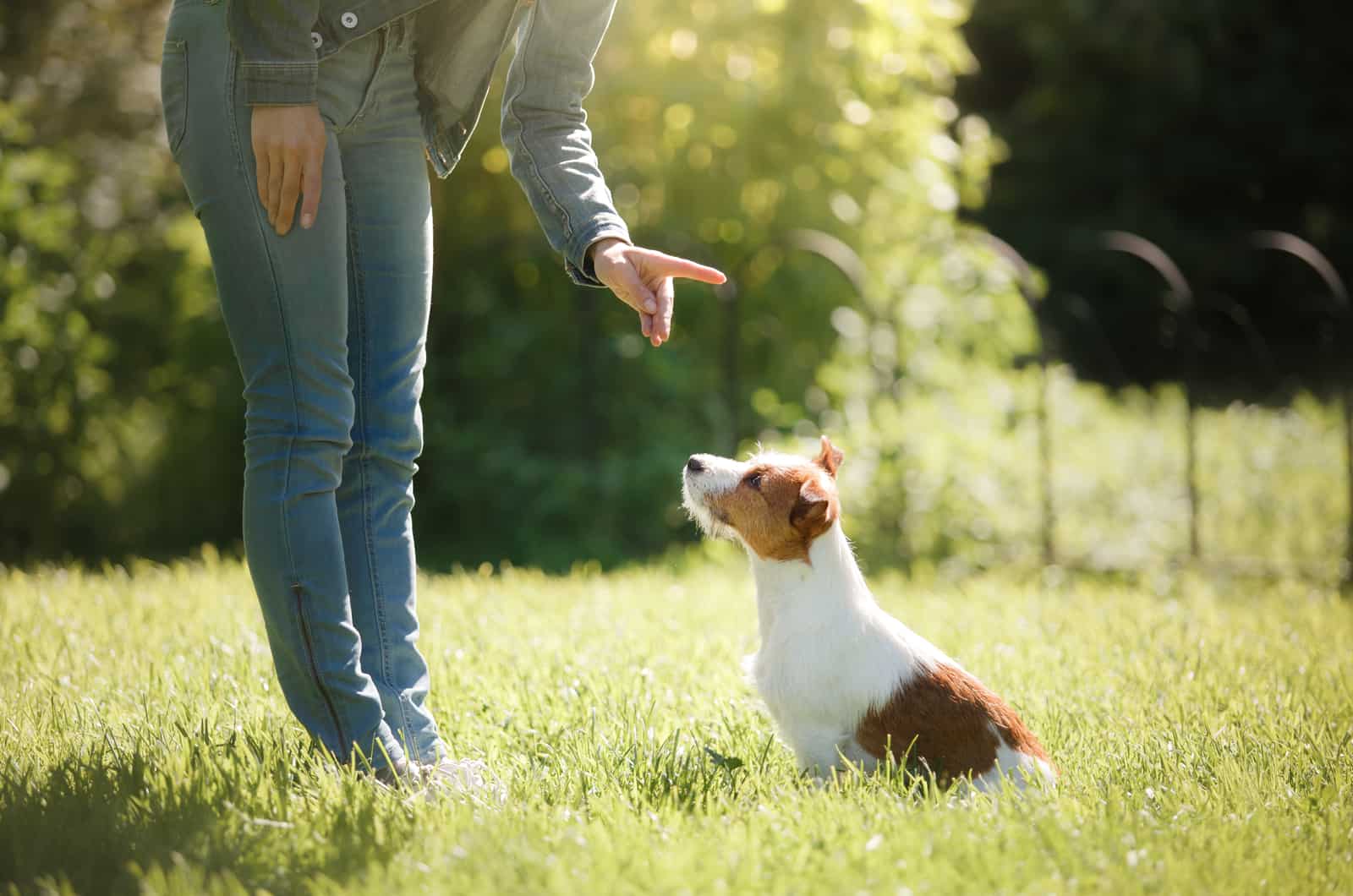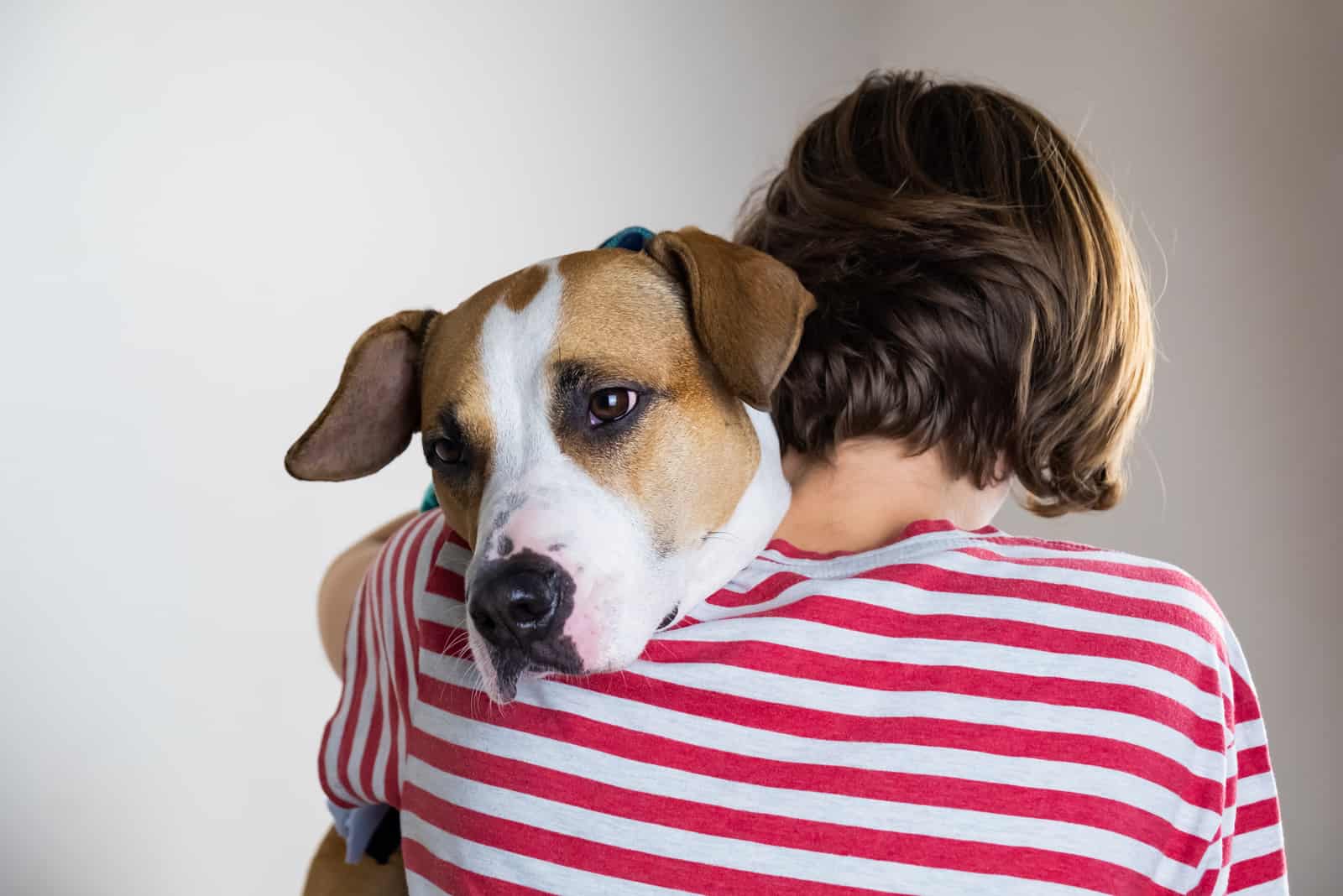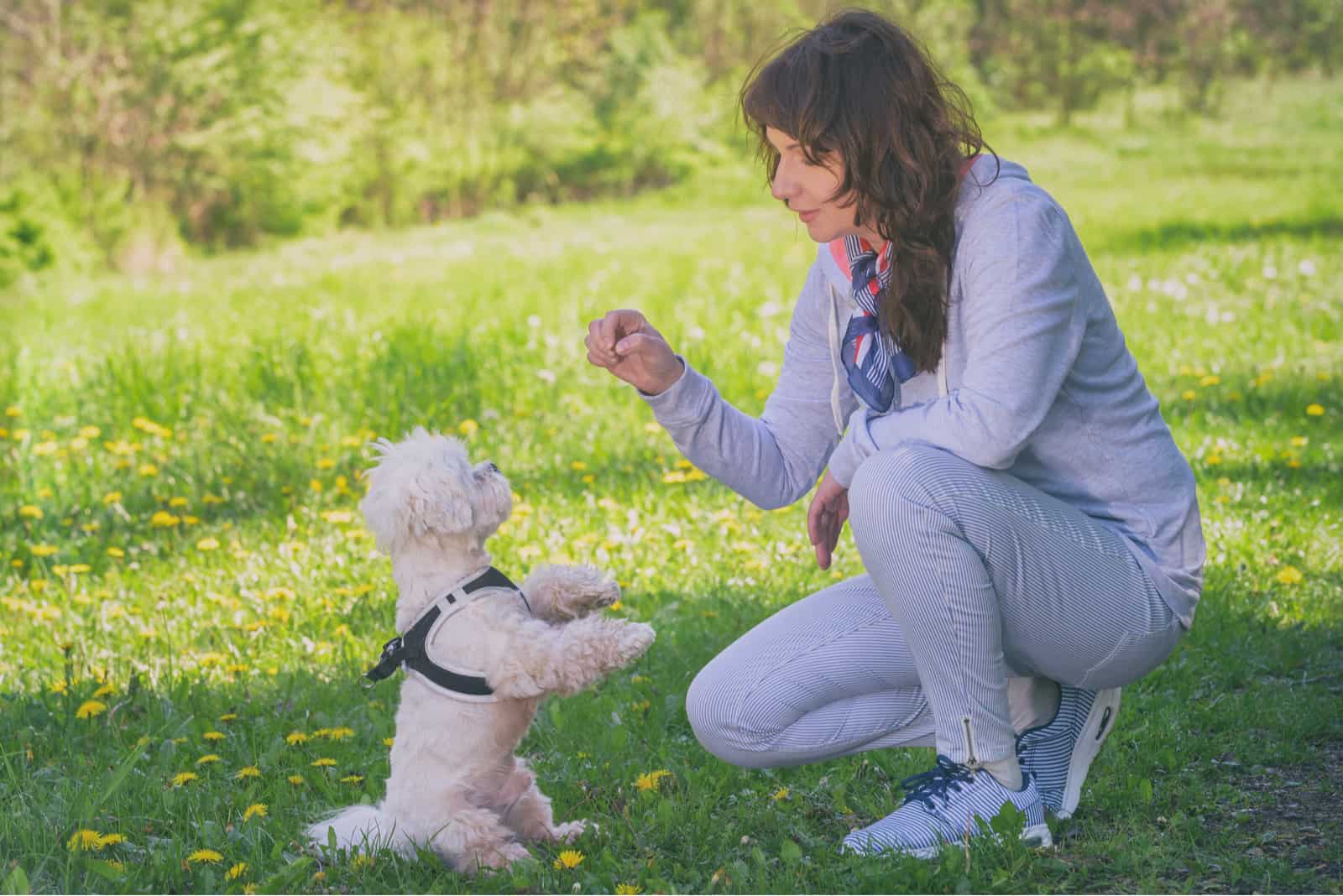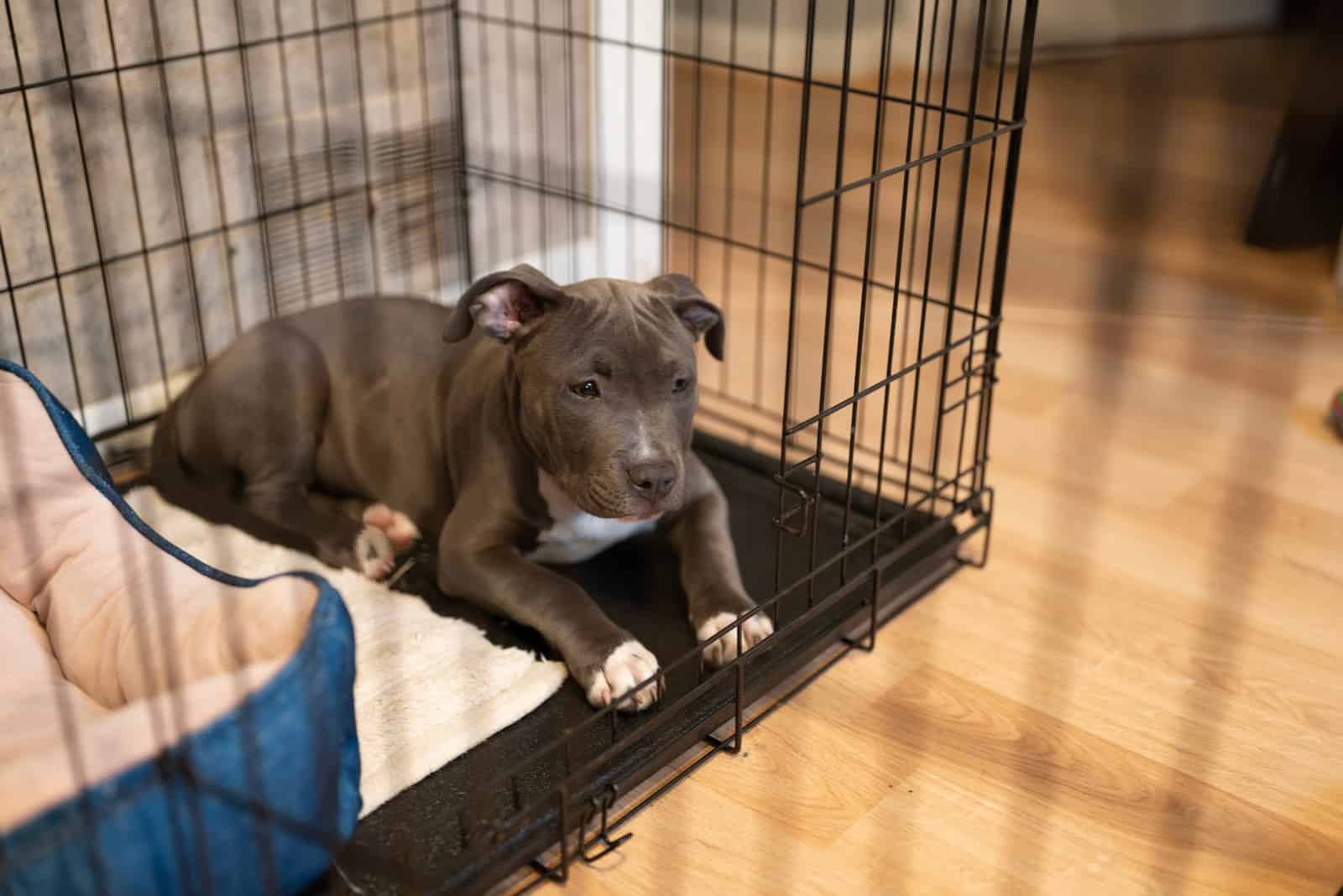Dogs are often listed for their positive traits, be they their sense of loyalty, their levels of hard work, their cleanliness as well as their friendly nature. However rarely do people throw a glance at the times their dog doesn’t behave.
To be fair, the reason why is because people want some of the more positive traits, but no dog is perfect and each of them will have a few negative quirks of their own.
Mischief, in particular, comes in many levels.
While some dogs are more mischievous than others like the Siberian Husky or the Great Pyrenees, every doggo has a little bit of mischief in them.
This is especially true when they’re left neglected or their needs haven’t been met so they have an excess of energy they need to expel somewhere.
But what is it that leads a dog to do mischief in the first place and is it a singular problem? Well, it’s time to find that out.
So, Why Do Dogs Misbehave Then?

Any dog breed can be a bit stubborn and misbehave from time to time, but most cases come from a few of the more common reasons:
Intelligence As A Double Edged Sword
The first one is intelligence.
It takes a bit of a brain to be a cunning mischief maker.
Some of the smarter dog breeds like the Border Collie and the Labrador Retriever are arguably the best representatives of this particular scenario.
To some degree it’s intentional, but only when they’re not stimulated enough mentally or physically.
They’ll often find ways to try and get your attention which may be interpreted as annoying by some, but really it’s their way of showing that they want you to interact with them.
How To Fix It?
The way to remedy the situation relies on getting that daily physical and mental activity quota met.
Intelligent dogs may be more challenging in that department, but most of this can be achieved through a mix of walkies and play time between the two of you.
Different dogs will have different daily needs for both ends, so make sure to do your research beforehand so you can plan it out later down the line.
Growing Overly Attached

Another common reason for canine mischief and general misbehavior is that dreaded separation anxiety.
While it’s liable to form with any dog breed, those who start off as overly friendly are the ones most prone to it like Golden Retrievers, Poodles and similar.
That said, intelligent dog breeds are equally as vulnerable as they often share a lot of traits with the friendly ones.
Separation anxiety forms in dogs who, once again, are neglected, or ones who can’t endure you being away for your 9-to-5 or when you’re away for a period of time that’s too long for them otherwise.
This time period shortens and the situation worsens the more a dog is attached to you as then the false sense of betrayal grows ever stronger.
They feel like they need to prove themselves to you so they lash out through different means.
The most common ones are going after the objects that have the most of your scent lingering on them that they can get their paws on.
That’s why the most common attack targets end up being your footwear, particularly shoes or slippers, depending on which ones you use more.
Next would be the furniture you most commonly sit on, particularly any shreddable pillows in the vicinity, sheets or otherwise.
They don’t do this to cause you harm, but rather for you to take notice, and they’re not even the worst thing that your dogs can do.
There are stories out there where dogs just wreck the place or completely forget about the rules you’ve placed so they end up urinating around the house.
It can definitely get out of hand.
How To Fix It?
The answer is simple, but achieving it can be quite difficult.
It will require you to better organize your time and make room for your dog or at least have someone else to fill the gap while you’re not here.
Depending on your work schedule that can be harder to achieve, but I ask you to at least try for the sake of you and your dog’s mental health (and the health of your possessions).
Not Enough Socialization

Sometimes, your dog is just mean and there’s no other way around it.
This is often the case with inherently aggressive dog breeds or dogs who didn’t receive enough early socialization when they were pups.
He simply doesn’t realize how to temper himself when interacting with others.
This can be particularly problematic when handling pups and younger kids, potentially turning mischief into a really dangerous issue.
Lack of socialization is often the reason behind so many attacks on people and other dogs from specific dog breeds that you hear about in the media, albeit others aren’t exempt from the rule.
The most common ones are the overly protective ones and the shepherd dogs like the Pit Bull, German Shepherds, Rottweilers, Dobermans and the like.
How To Fix It?
Once again, the solution is very straightforward, you’ll need to re-socialize your dog.
It does get harder the older the dog is, but it shouldn’t be a reason to quit trying.
Rooting the behavior out will require the aid of a professional dog trainer or behavior expert, especially if the dog is over one year of age.
What Are Some General Tips On Curing Canine Misbehavior?

The methods mentioned above aren’t the only ways that aid in curing the more harmful mischief of a dog, but they’re also not exclusive fixes to that behavior in particular.
All three fixes that I’ve already written down should be common practice for owning a dog in general as they are common courtesy that ought to be extended to your furry family members.
1. The “Place” Command
Most things can be handled through proper training, which, aside from behavior training, relates to specific commands like “place”.
Place, in this case relates to a designated spot you’ve trained your dog to go to when you utter the word.
A solution which can tell your dog when he’s doing something wrong that supersedes any behavior he may be engaging in at the moment.
Naturally, you may use another word for it, as long as it conveys the same, or similar action to your pooch.
2. Crate Training

Crate training is a method which can help your dog cope with being left alone for a little while, not having him feel abandoned while you go out.
It also serves as a place for him to take a breather and realize that you don’t always need to be around him.
It’s a great way to help curb the effects of separation anxiety and teach your dog some independence, in turn preventing that need to get overly attached as well.
In order to improve the odds of crate training being successful though, you’ll need to populate the area with some entertainment for him.
This way he won’t end up getting bored or lonely, as his area is filled with things that can help take his mind off his worries.
Comfort Central
Comfort is key in this scenario as it makes the crate the preferred option over other spots so put padding inside that won’t hinder your dog’s movements while keeping his place warm and cozy.
Various toys should be included in there as well, though give them a little bit of variety to minimize the risks of him getting bored or feeling unfulfilled.
Add Some Toys
Chew toys are a must have as are some puzzle toys for the more intelligent breeds.
Other than that, his favorite stuffed toy, if he has one, will always do the trick, something that he has designated as his buddy that will help him to never feel alone, even when you go out for a bit.
In Conclusion

While there are some dog breeds that are more mischievous than others, almost any dog can end stirring some mischief up at some point in his life.
The act isn’t exclusive to the, so called, mischievous dog breeds at all.
Rather it’s a state of mind one gets to due to a variety of factors which can be quite common in more inexperienced dog owners, and some veteran ones.
In fact, according to the survey conducted by the people behind the smart bell company, Ring, have figured out that around 73% of all dogs will start to misbehave when left alone in the house.
It’s what happens when some of the dog’s basic needs aren’t met, he gets bored, or when he isn’t properly trained.
Depending on severity, the resulting mischief can end up being on a milder level where it’s just a little bit of restlessness, to more severe cases where you get destroyed and slobber-glazed shoes and furniture, or an unwelcome “gift” from your dog’s hind quarters.
While annoying at times, the end result only ends up in a little bit of material damage in the worst of cases or some time spent cleaning up a knocked over flower pot in the milder ones.
And, remedying this behavior is a cinch, even if it becomes more difficult as the dog gets on in age.
After all, it all boils down to some proper adaptation on your part to make time for your new family member.
Though I do have full confidence that you’ll be able to resolve this with ease, if you get stuck, there’s no shame in calling a dog trainer to help start you off. Until next time, pet parents.
RELATED LINKS:
- 5 Reasons Why Your German Shepherd Stops Coming When Called
- Why Do Goldendoodles Bark So Much – Not An Everyday Dilemma
- Why Does My Dog Run Away From Me – 7 Most Common Reasons
- Should You Allow Frenchies Off Leash In Dog Parks: All Tips
- My German Shepherd Is Becoming Aggressive: How To Deal With It?
References:
